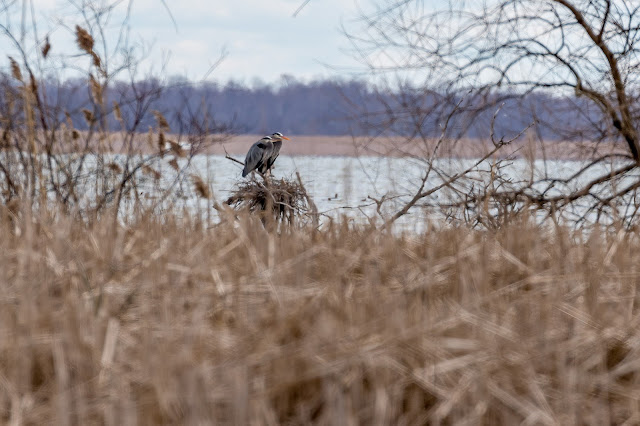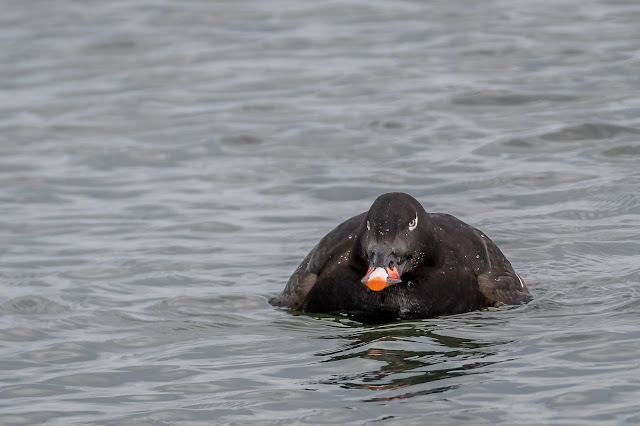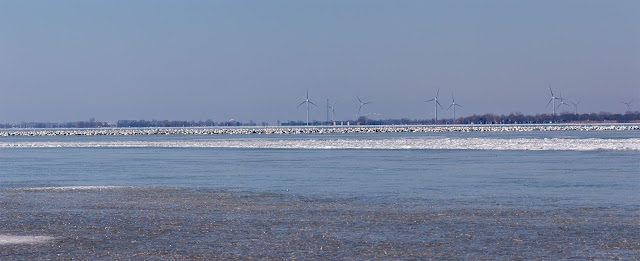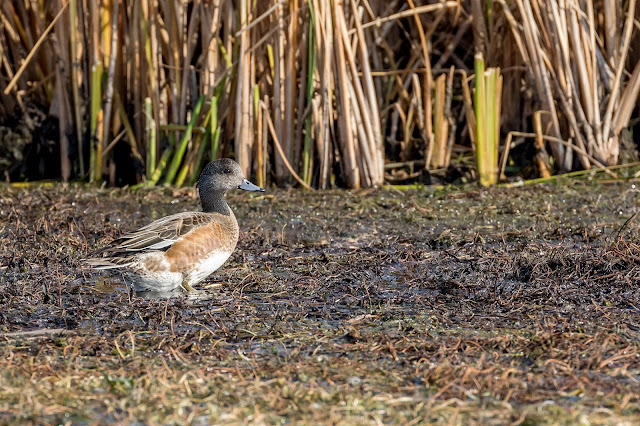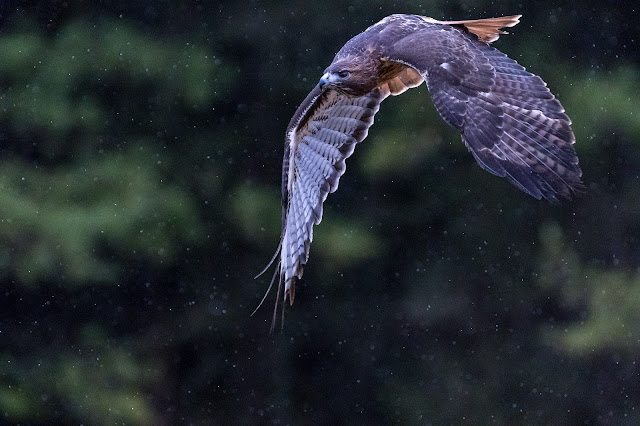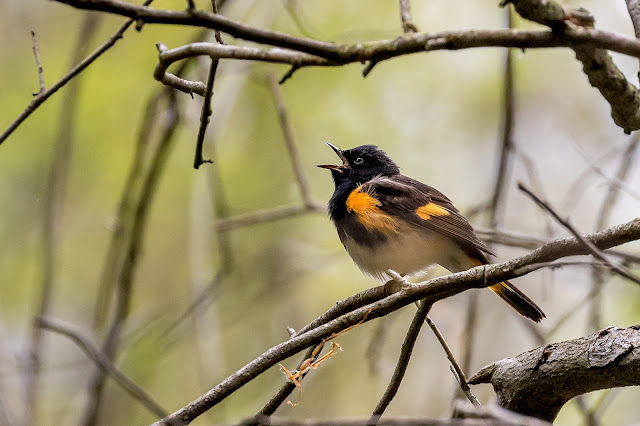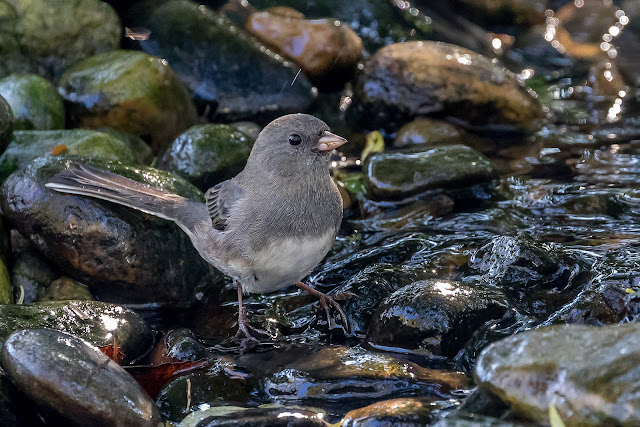Where's Spring?

American Goldfinch, March 31, 2019, Rondeau Provincial Park, Ontario, Canada. An early April Fools joke, spring one day, winter the next. Spinus tristis Paired-up goldfinches make virtually identical flight calls; goldfinches may be able to distinguish members of various pairs by these calls. source - https://www.allaboutbirds.org/guide/American_Goldfinch








